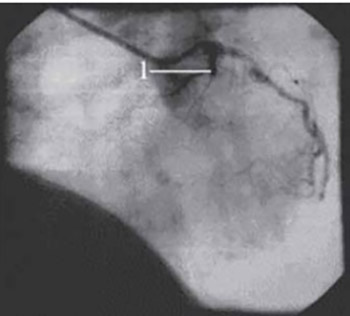The Role of Collateral Circulation in Preserving Myocardial Function
DOI:
https://doi.org/10.17305/bjbms.2006.3115Keywords:
coronary artery disease, angiography, collaterals, ventricular wall motionAbstract
The coronary collateral circulation is an alternative source of blood supply to the myocardium jeopardized by the failure of the original stenotic or occluded vessel to provide adequate blood flow to this region. One hundred coronary angiograms and left ventriculograms of patients with coronary artery disease from the Cardiology Department of University Clinics Centre in Sarajevo were reviewed. The role of collateral circulation in preserving myocardial function was assessed by comparing regional left ventricular contractility in 34 instances of total arterial occlusion and adequate colateral circulation with that in 34 instances of total arterial occlusion and inadequate collateral circulation. Among the group with adequate collaterals, regional left ventricular contraction was normal in 41%, hypokinetic in 53% and akinetic or dyskinetic in only 5%. Among the group with inadequate collaterals, regional contraction was normal in 9%, hypokinetic in 20 % and akinetic or dyskinetic in 70%. These data indicate that collateral circulation plays an important role in preserving myocardial contractility in patients with coronary artery disease.
Citations
Downloads

Downloads
Published
How to Cite
Accepted 2018-02-01
Published 2006-11-20









